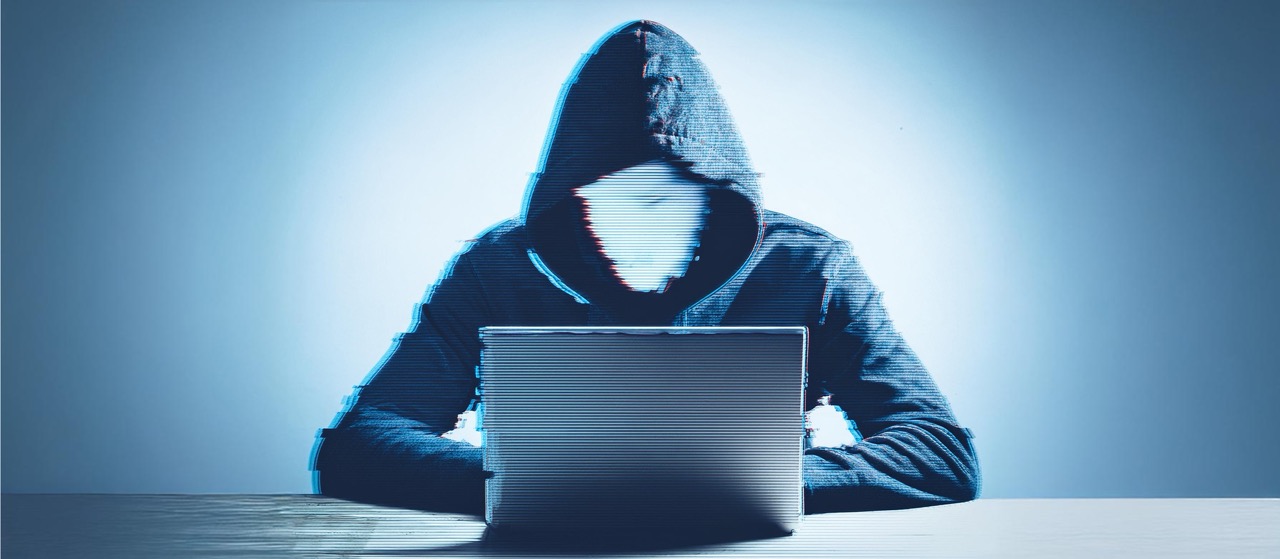Staying One Step Ahead: Innovative Phishing Defenses for 2025
| By Uday Annavarapu |
Phishing: A Growing Cybersecurity Challenge
Phishing attacks have become a serious issue in today’s digital world, targeting individuals and organizations by misleading users into revealing sensitive information or installing malicious software. These attacks often carried out through deceptive emails, websites, or messages, exploit human psychology and vulnerabilities in cybersecurity systems. Detecting and preventing phishing is crucial to safeguarding personal and organizational data.
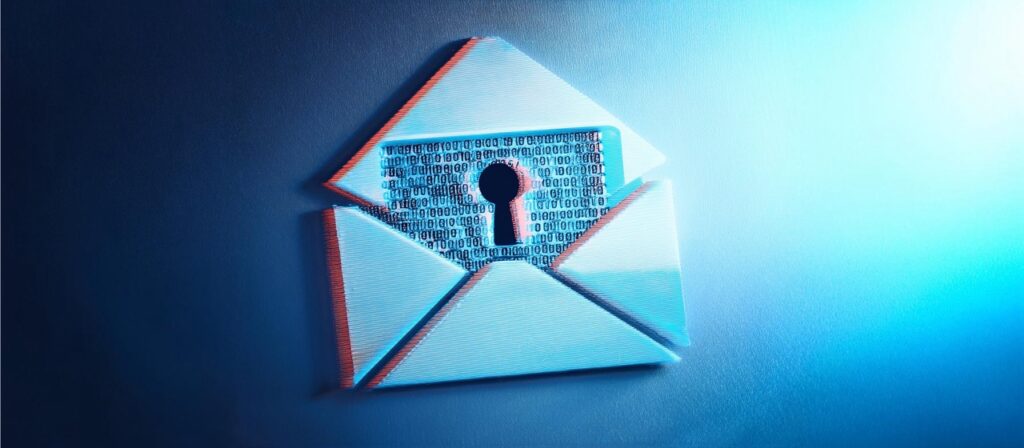
Understanding Phishing Attacks
Phishing involves fraudulent communication that manipulates recipients into performing actions compromising their security. Cybercriminals craft messages that appear to originate from legitimate entities, such as banks or trusted companies, to gain access to sensitive data like login credentials, credit card information, or even corporate secrets.
Phishing attacks are often categorized into subtypes, including spear phishing, where attackers target specific individuals or groups, and whaling, which focuses on high-profile targets like executives.
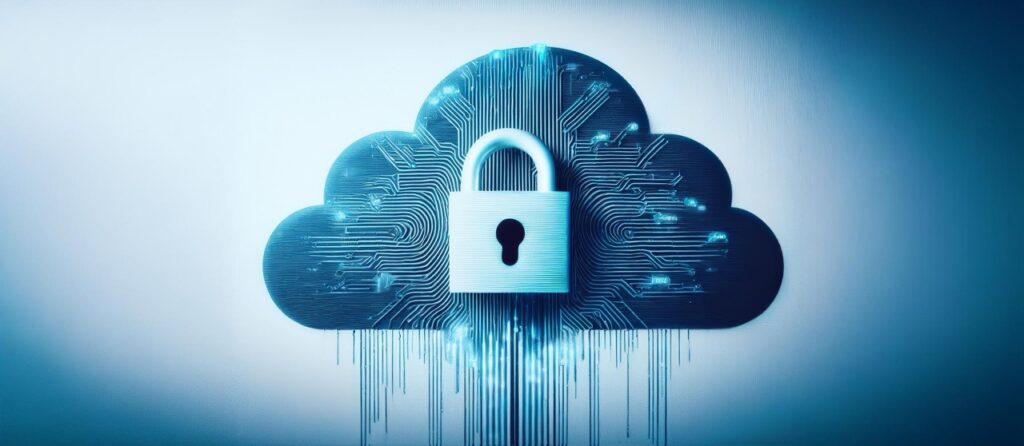
Techniques for Detecting Phishing Attacks
Detecting phishing attempts requires vigilance and a combination of manual and automated techniques. One common indicator of phishing is suspicious URLs or email domains. Phishing emails often contain slight variations in domain names that mimic legitimate entities, such as substituting “o” with “0” or “m” with “rn.”
Advanced detection tools use machine learning and artificial intelligence to identify phishing patterns in real-time. These tools analyze email headers, attachments, and links for anomalies that suggest malicious intent. Security systems that scan for metadata inconsistencies or detect unusually high volumes of emails from unverified sources can also help prevent phishing attacks.

Strategies for Preventing Phishing Attacks
Preventing phishing attacks begins with education and awareness. Users should be trained to recognize warning signs, such as urgent language, unsolicited attachments, or requests for confidential information. For example, legitimate organizations typically do not request sensitive data through email.
Implementing strong technical defenses is equally important. Multi-factor authentication (MFA) adds additional security, which requires users to prove their identity when signing in through multiple means before gaining access to systems. This reduces the risk of unwanted access, even if a user’s login information is compromised.
Email filtering systems can flag emails containing malicious links or attachments, providing an additional safeguard against threats.

Best Practices for Phishing Mitigation
A comprehensive approach to mitigating phishing risks combines user education, robust policies, and advanced technology. Regular cybersecurity training ensures that users remain informed about evolving phishing techniques and reinforces good practices, such as verifying the authenticity of communications.
Organizations should conduct simulated phishing exercises to test employees’ awareness and responses to potential attacks. These exercises help identify gaps in understanding and highlight areas for improvement.
Furthermore, businesses must establish clear protocols for reporting phishing attempts. Quick reporting allows cybersecurity teams to respond promptly and mitigate potential damage. Encryption of sensitive user data and checking/performing regular software updates further enhance defenses against phishing attacks.
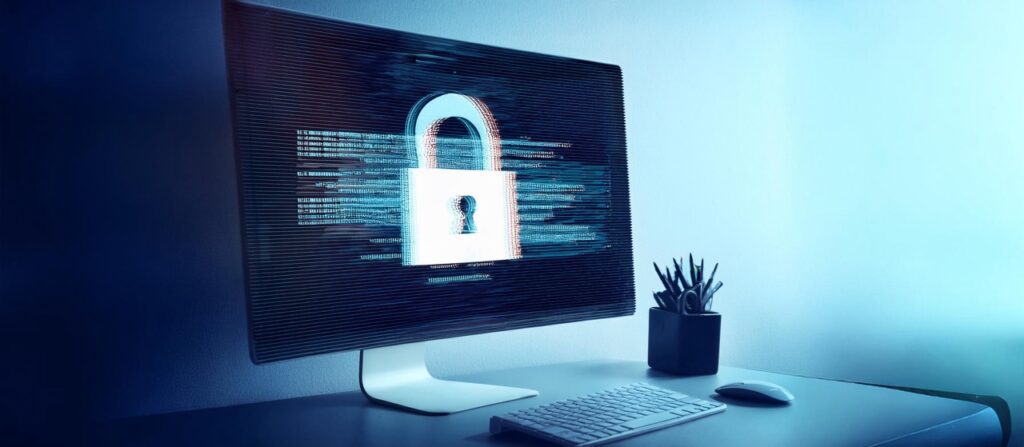
Resilience and Adaptation: The Future of Phishing Defense
Phishing attacks will continue to evolve, exploiting both human and technical vulnerabilities. However, organizations can significantly reduce their susceptibility to malicious threats through proactive measures such as user education, robust authentication methods, and advanced detection tools. Cybersecurity is a shared responsibility among all individuals with data that requires constant vigilance and adaptation to stay ahead of cybercriminals. Individuals and businesses can better protect themselves against phishing attacks by fostering a security culture and using innovative technologies.
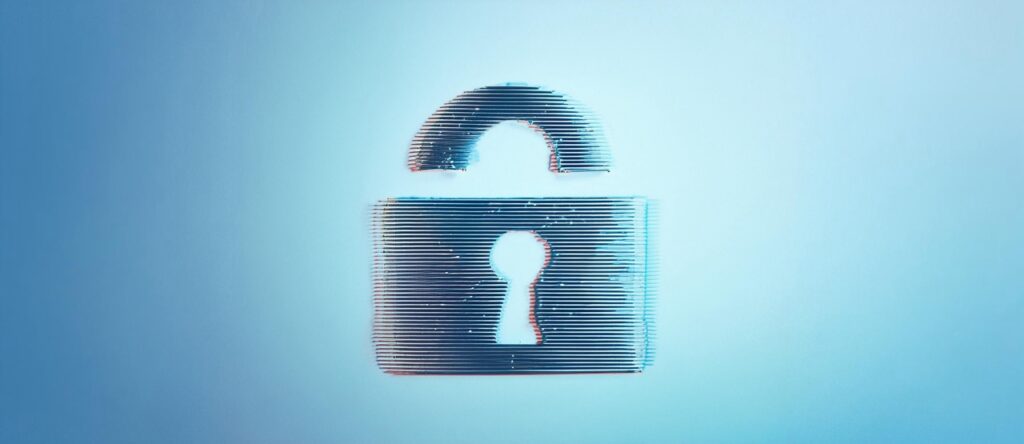
The illustrations in this article were created using an AI image generator. All illustrations are ©Intelliwings.
 Previous post
Global South Demands Action At COP29 UN Climate Summit
Previous post
Global South Demands Action At COP29 UN Climate Summit
 Next post
Cyber Hygiene: The First Line of Defense
Next post
Cyber Hygiene: The First Line of Defense

